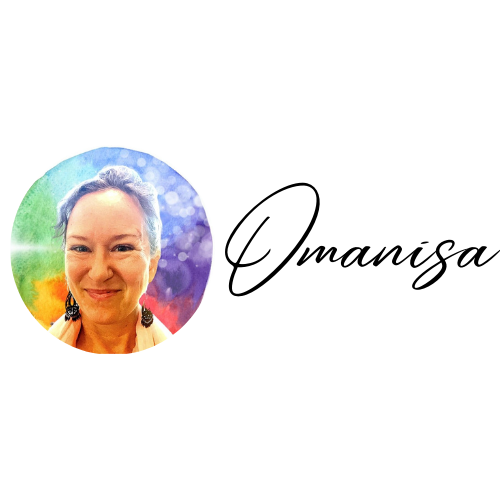Your cart is currently empty!
A HEALTHY GOLDEN GLOW FROM FLAVONOIDS

Phyto means plant, and phytochemistry is the biochemistry of the plant world, giving us a sneak peak into the intricate inner workings of plants. As a naturopathic herbalist, I am intrigued by the biochemical relationships and connections between plant and people. But long before I was a naturopath, I was a colour therapist and an artist, so I have a very special place in my heart for the phytochemistry of colour. The colours we see in the foods we eat hints at the presence of specific phytochemicals with magical, medicinal properties.
All green plants produce a range of antioxidants called flavonoids, to protect themselves against free radical damage. The very first flavonoids discovered were yellow pigments that helped give fruits and vegetable their golden glow, hence their name (the word flav means yellow) but there are also red, blue, and purple flavonoids, such as the anthocyanins. Some are colourless, and some, found in flowers, emit light in the UV spectrum, making them glow with a colourful pollinator-attracting vibrancy we can’t see, with our human vision. Besides having antioxidant activity, flavonoids are generally anti-inflammatory, anti-carcinogenic, and cardioprotective.
Vitamin C and bioflavonoids
Vitamin C is a famous flavonoid most people know about, but have you heard of vitamin P? In the natural world, vitamin C and P are best mates; where you find one, you will always find the other. Vitamin P is a group of flavonoid vitamins known as bioflavonoids or flavanones which help regulate the permeability of our capillaries and tone our blood vessels (‘P’ is short for permeability). That old sailor’s disease, scurvy, is often blamed on a deficiency of vitamin C but we’ve known since 1938 that the scurvy symptoms of excessive bleeding and bruising are mostly due to a coexisting vitamin P deficiency.
In his book Whole: Rethinking the Science of Nutrition, author T. Colin Campbell tells a story about a research team who discovered that half a cup of apples has antioxidant vitamin-C-like activity equivalent to 1500 mg of vitamin C, which is about 3 times the amount found in a typical vitamin C supplement. But when they chemically analysed the half cup of apples, they could only find 5.7 mg of vitamin C. In other words, the vitamin-C like activity from 1000mg of whole apple is 263 times as potent as the same amount of isolated chemical, because antioxidants work as a team and protect each other from oxidation.
If we just take an isolated vitamin C pill, we miss out on the cast of “supporting characters” that may give vitamin C its potency. Even if we add many of those characters into the pill too, which some manufacturers have done with bioflavonoids, we are still assuming that whatever is in the apple and not the pill is somehow unimportant.
If you become deficient in vitamin C and P, you could easily lose your healthy golden glow! Excessive bleeding can compromise our iron levels, and these vitamins are major players in the fine art of iron absorption. 50mg of vitamin C (along with its P-vitamin mates) can enhance iron absorption sixfold. 50mg of vitamin C can be found in ¾ of a cup (185ml) of any of the following foods: broccoli, capsicum, snow peas, rockmelon, citrus fruit, brussel sprouts, silverbeet, cauliflower, paw paw, strawberries, or kiwifruit. If it’s a sweet red capsicum, you only need ¼ of a cup (60ml)!
Anthocyanins
Anthocyanins means “cyan-coloured flower” but like sapphires, anthocyanins come in many shades, not just blue! There are red anthocyanins in strawberries and red raspberries, blue anthocyanins in blueberries, and purple anthocyanins in colourful potatoes, cabbage and eggplant. The closer a plant’s colour gets to black, the richer the concentration of purple anthocyanins, as seen with elderberries, black turtle beans and Chinese eggplant.
Besides being antioxidant and anti-inflammatory, anthocyanins are venotonics that prevent varicose veins. They also improve night vision and possess potent anticancer qualities, encouraging apoptosis of cancer cells and discouraging metastasis.
